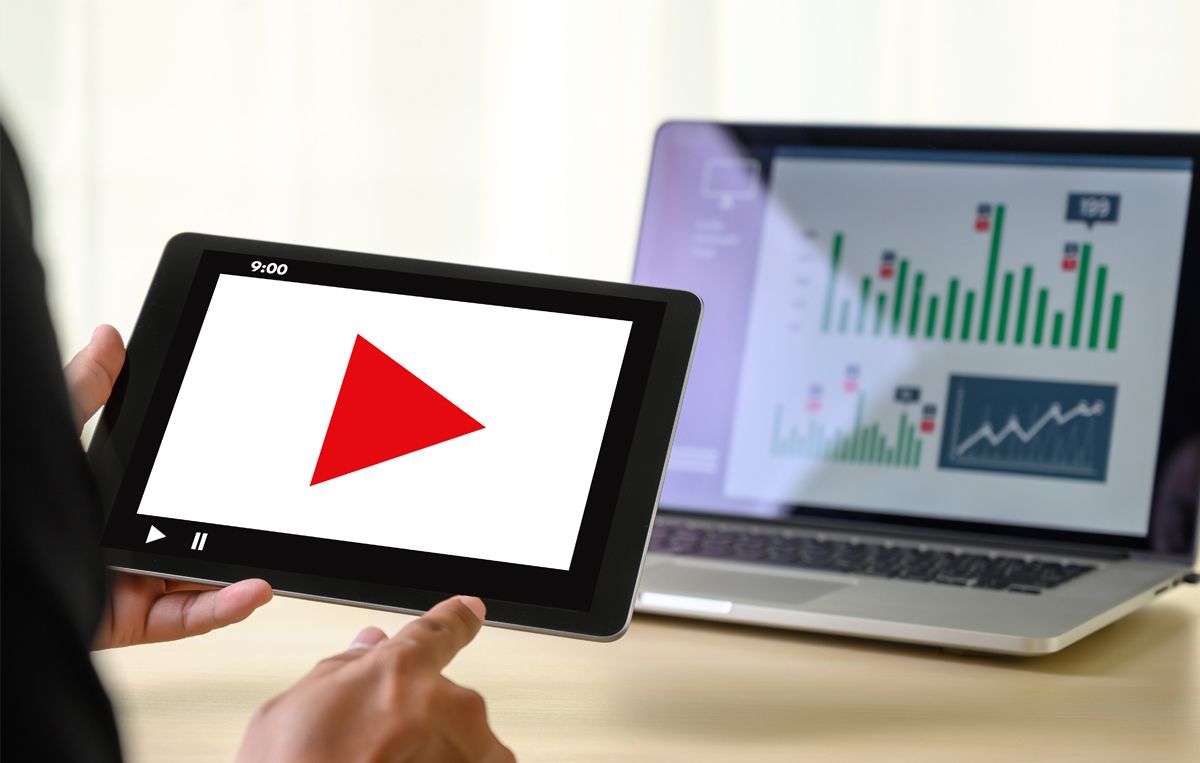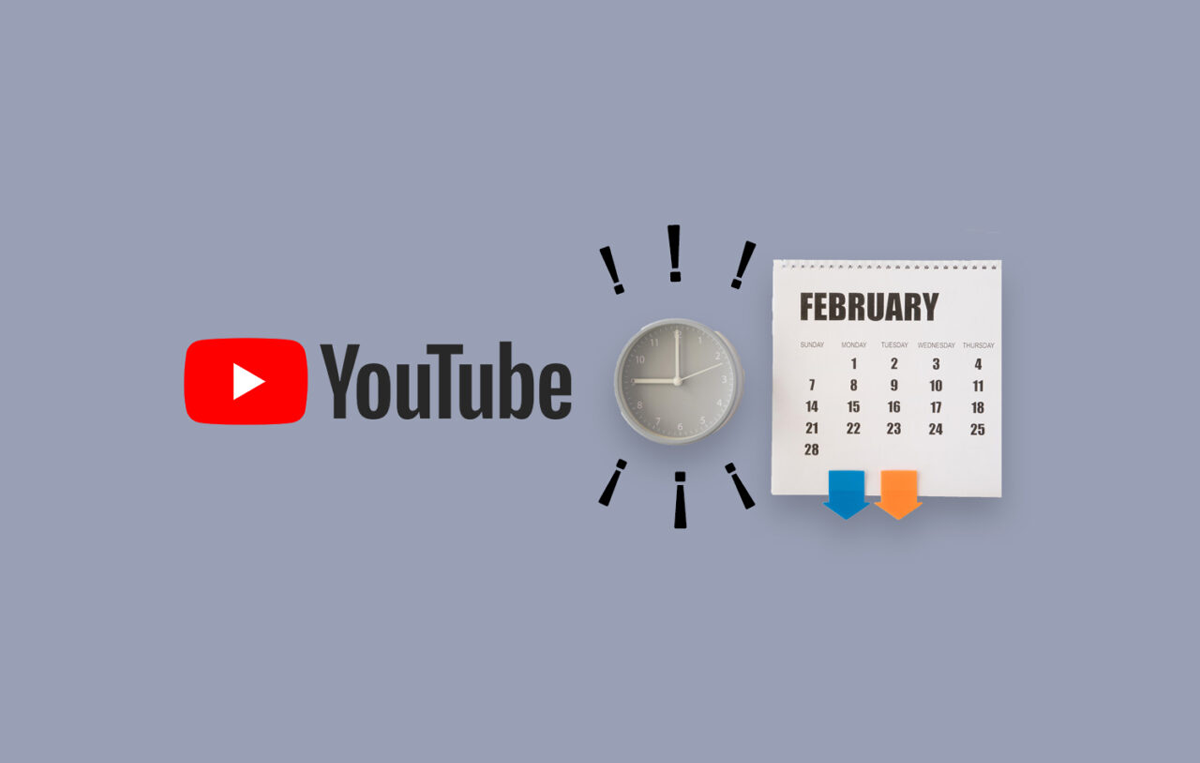Have a YouTube channel?
There needs to be more than just creating and sharing engaging content if you want it to grow and become popular. You have to check and evaluate its performance.
However, even after following a clear strategy, many channels don’t see any new subscribers, or the channel does not develop or does it very slowly.
Unfortunately, 97% of YouTube channel creators fail, and lack of auditing is one of the main reasons why.
What’s the problem? What are you doing wrong?
All you need to do is conduct a YouTube audit.
According to Statista’s February 2025 report, YouTube has 2.5 billion logged-in users every month, so you should always stay tuned to their preferences, interests, and expectations. Auditing, in turn, is an excellent way to get a clear plan of action and fix mistakes.
Below you will find tips that will help you conduct an audit in just five steps and get a clear picture of what you need to improve.
1. Start an Audit According to Ranking Factors
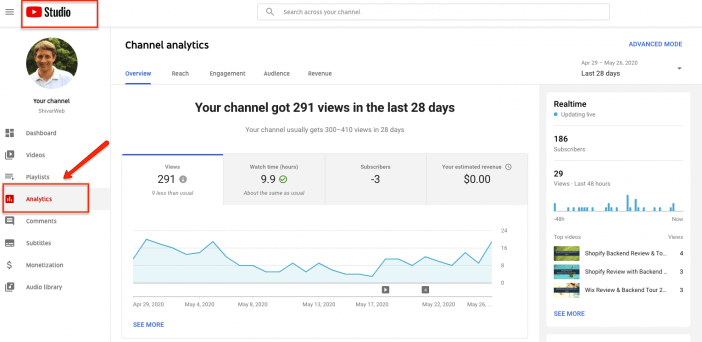
A screenshot of the YouTube channel analytics page
Before proceeding with the YouTube audit, make a list of the metrics you have to track and analyze. They will help you get a primary picture of your YouTube channel performance.
Average Viewing Time
You can discover your average viewing time along with other core metrics in the YouTube analytics section. Keep in mind that the length of your video affects it directly. That’s why half-hour videos are not an option if we talk about commercial videos. It is recommended to limit the length to 8 minutes.
Key Phrases in the Title
Create titles that match the search query. When the user enters it into the search bar, the probability of discovering your video will be higher in this case.
Ensure your video description has the necessary keywords and the corresponding hashtags. Create them according to the same logic as you write a meta description for a blog article or pick hashtags for an Instagram post.
Views
The views indicate the video’s popularity and contribute to its more frequent exposure.
Link to Video
The number of links from other resources also positively affects ranking. Multiple links to your video strengthen your ranking, proving that your video is engaging and valuable.
Subscribers
Videos shared by the channel with more subscribers are usually ranked better than the ones with fewer followers. Even if the number of views is equal for two similar videos shared by different channels, the channel with more subscribers will win a higher ranking.
Comments
Comments, shares, and likes work as social proof to rank your video higher. So, aim to boost social activity in response to your video – encourage your followers and viewers to share their opinions and impressions in comments, respond to the video with likes, and share it with their friends on their socials.
2. Analyze the Audience
Next, you need to dive into your audience analysis to conduct the YouTube audit.
Why?
Because understanding your viewer will give answers to what content will be effective and how to communicate correctly.
Next, analyze your audience based on the following parameters:
Age and Gender
This is the starting point to generate content that will hit right on target. These simple parameters will make it possible to choose the right topic and interest triggers.
Users Active Time on the Platform
This information will allow you to bring your video to the top. It is necessary to determine when your viewers are most active to receive both views and conversions, which is also essential for ranking the video in the rating.
Geography
It’s also crucial to make some adjustments to both your content and how you communicate based on where your audience is from.
Other Channels and Videos Your Viewers Are Watching
This information will help determine the range of interests of your target audience and will also be helpful for the subsequent analysis of your competitors.
Watch Time
This helps you understand at what point you are doing something wrong and fix the issue. Watch time will allow you to catch problem areas in your content.
3. Study the Competitors
Your competitors are a valuable source for looking at dos and don’ts. You can use YouTube analytics to find your direct competitors and see what channels your audience is watching.
When studying competitors, pay special attention to the following points:
Number of Views and Behavior of the Audience
Pay attention to the number of views of your competitor’s video. Allow notifications for the release of new videos to monitor how the audience responds to them. You can trace some essential trends.
Watch your competitor for a bit and understand how you need to proceed. For example, a well-chosen time you can test for your channel or a well-chosen day of the week.
Analyze Content
Competitors are storehouses for creating a content plan. See what topics your competitors have already discussed and the ones they have missed.
Prepare more detailed content and add things that your competitors haven’t mentioned. You can become a pioneer in the context of a topic.
Analyze the Call to Action and the Responses
Pay attention to how your competitor communicates with the audience and their call to action. For example, if a competitor asks their viewers to write something in the comments, analyze how many viewers did it.
Pay Attention to the Visuals
Does your competitor use thumbnails and previews?
A thumbnail is a custom image a video has when listed among others. Usually, YouTube creators create single-style thumbnails to add a branded and recognizable look to the channel.
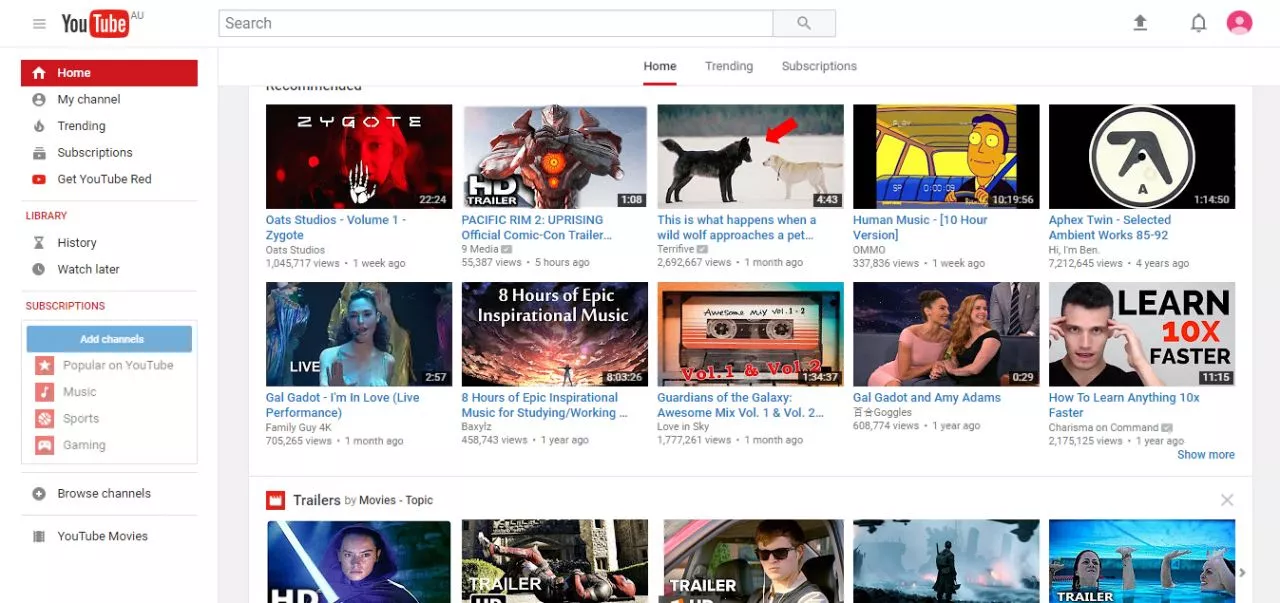
An example of YouTube video thumbnails on the home screen
As the name suggests, a preview is an opportunity to take a three-second look at the video content before watching it.
Pay attention to the ways your competitors handle these elements to be able to do even better.
4. Analyze the Content
Figure out how your content works and spend some time optimizing it. Start by analyzing your best and worst videos.
Comparing and contrasting them will quickly highlight all the mistakes and strengths in your content. This is basic data that will help you to optimize your content. Also, pay attention to technical content optimization tips.
Keyword Selection for YouTube
Video optimization starts with selecting a new semantic core. Choose the quick-win keywords for the topic of your video using Google Ads Keyword Planner, Wordstat, Serpstat, and other services. Gather as many keywords as you can so that you can choose the best-performing ones.
SEO Optimization of the Title
The search systems and the viewers must figure out your video. It’s better to have a short but informative title, so pay attention to the following points:
- Add keywords
- Come up with an intriguing name
- Avoid spam keywords
- Use uppercase and emoji to get attention
Remember that you must create a title attractive to a person, not a search robot. Although, the latter should be addressed too.
Tags on YouTube are important while working on a video.
What results do they give?
They affect the indexing of your video and allow you to distribute them within the platform as efficiently as possible. At the same time, they will work in all categories of the platform according to requests.
Video Description
Try to take into account the following recommendations when optimizing the description:
- Write exclusively unique text for your target audience
- Make the description relevant to the content of the video
- Add key phrases, but avoid spam
- Use thematic emoji
- Add relevant tags
- Provide a specific call to action
- Link to important pages. For example, you can add a link to your website or social media profiles.
5. Take a Look at Your Style and Visuals
This is about using the thumbnail and trailer for your video.
If we talk about the thumbnail, it isn’t easy to answer whether its presence affects the increase in video views. However, it will have an impact on clickability!
Go back to competitor analysis and see how they use this element.
Most likely, the design will be unremarkable. And this means that you can win on uniqueness.
Here are a few key points regarding the video thumbnail:
- It must match the content of the video.
- All thumbnails should follow a single style to make your videos more recognizable among the competition.
- Create custom, bright and attention-grabbing thumbnails for better clickability.
Now let’s talk about the trailer.
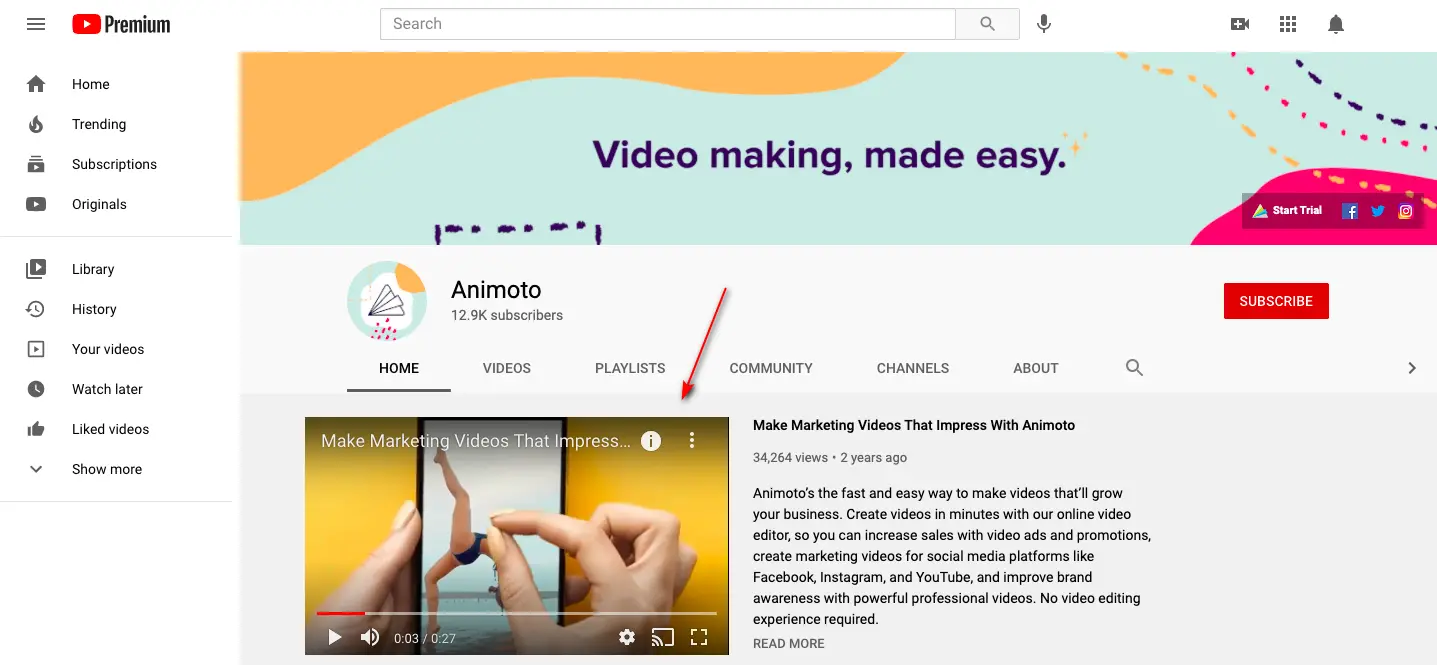
Not all channel owners use such an element.
However, the trailer allows the audience to understand who you are, what you offer, and how you can be useful. This is the first introductory video that allows the users to understand what your channel is about.
When creating a trailer, pay attention to the following points:
- The trailer duration should be at most one minute.
- Apply to the emotions of your audience and add triggers.
- If your topic allows, add a touch of humor.
You should pay attention to a few more points to capture more audience and increase the number of views. These include:
- Before uploading the video, rename it as per the name of the video that you specify on YouTube.
- Engage your audience. Ask your viewers to subscribe, leave a comment, and make other calls to action.
- Use the translation feature. Views from all parts of the world matter, so you should capture as many audiences as possible in a geo context.
In Summary
Conducting a YouTube channel audit isn’t as difficult as it may sound.
The more important and challenging task is to gather the necessary insights and find ways to create better content than your competitors, solve the target audience’s pain points, and meet its expectations.
So, be creative with your YouTube channels, but remember that metrics also matter.
